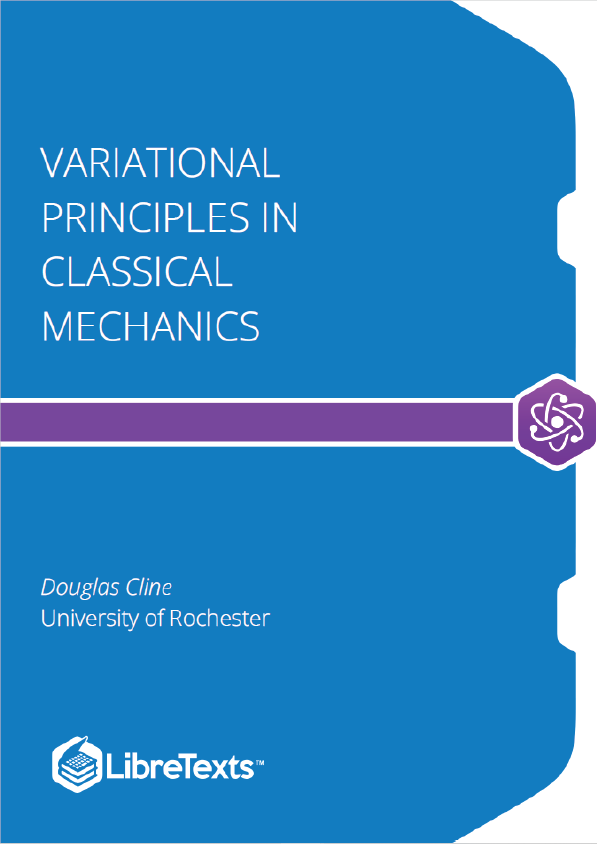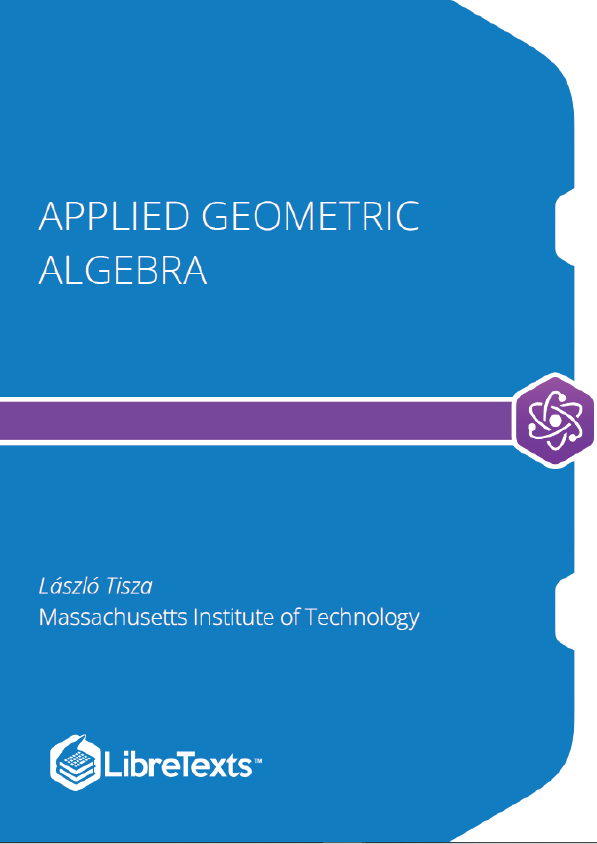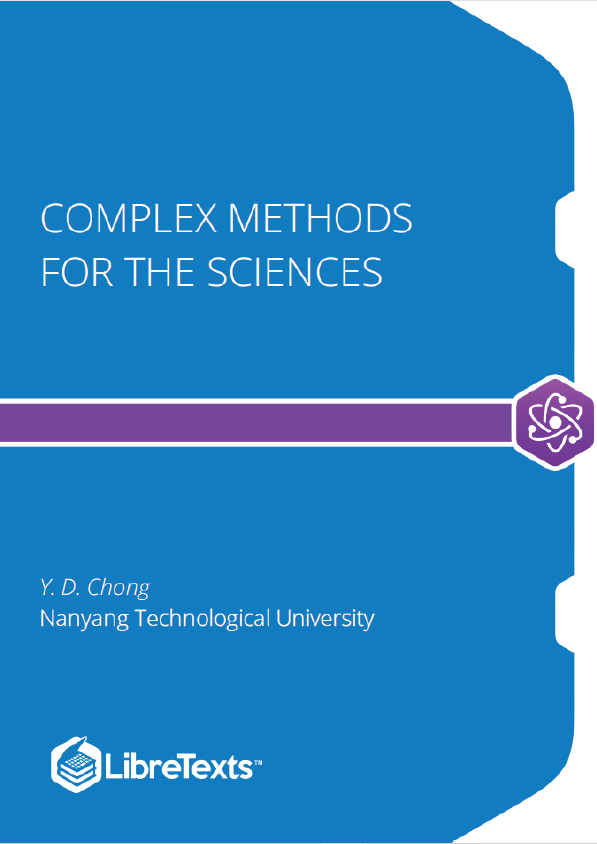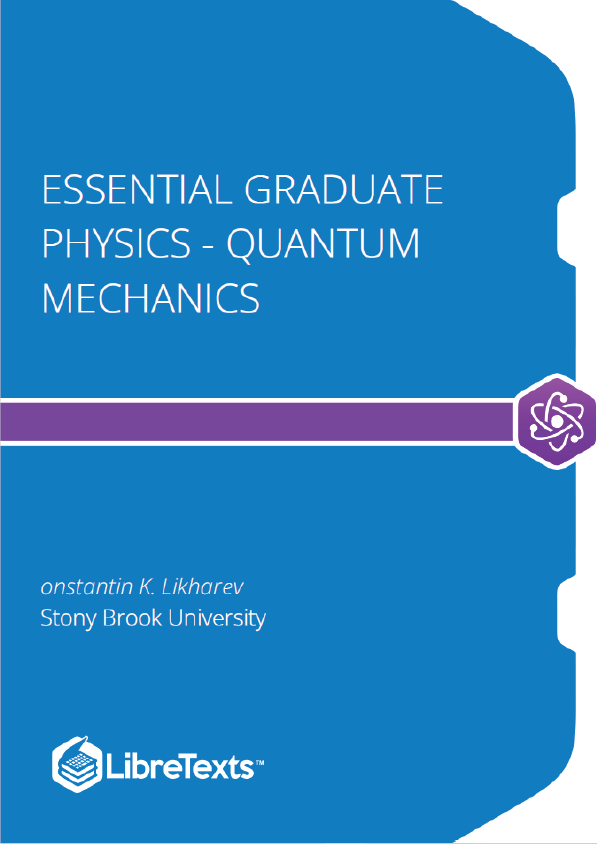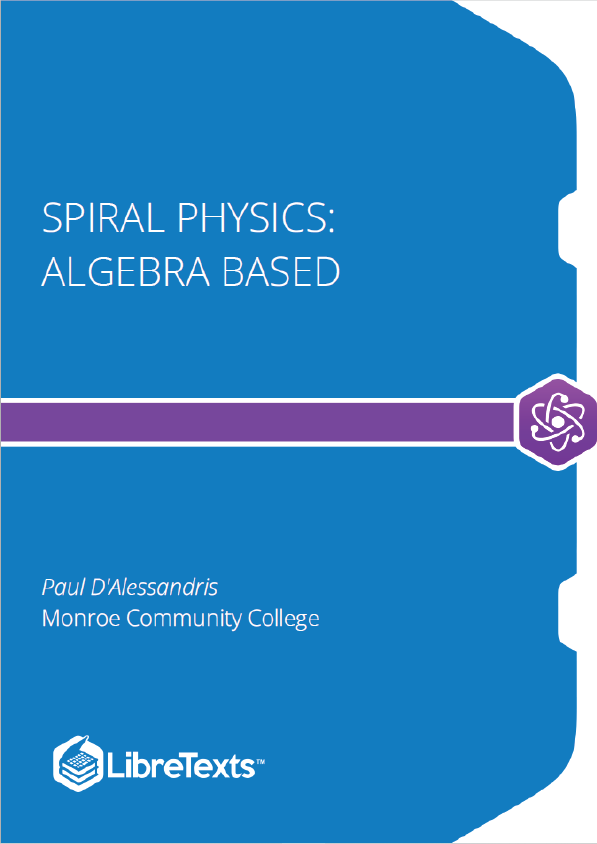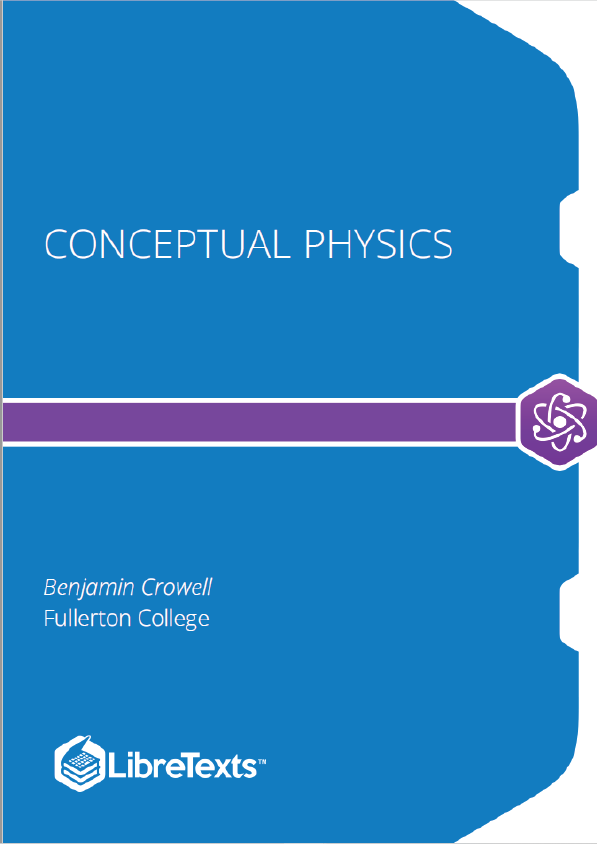This text emphasizes the important philosophical advantages of using variational principles, rather than the vectorial approach adopted by Newton, and attempts to bridge the chasm that exists between the approaches used in classical and quantum physics.
Two dramatically different philosophical approaches to science were developed in the field of classical mechanics during the 17 – 18 centuries. This time period coincided with the Age of Enlightenment in Europe during which remarkable intellectual and philosophical developments occurred. This was a time when both philosophical and causal arguments were equally acceptable in science, in contrast with current convention where there appears to be tacit agreement to discourage use of philosophical arguments in science.
Philosophically the physics underlying the contrasting vectorial and Fermat’s Principle derivations of Snell’s Law are dramatically different. The vectorial approach is based on differential relations between the velocity vectors in the two media, whereas Fermat’s variational approach is based on the fact that the light preferentially selects a path for which the integral of the transit time between the initial location and the final location is minimized. That is, the first approach is based on “vectorial mechanics” whereas Fermat’s approach is based on variational principles in that the path between the initial and final locations is varied to find the path that minimizes the transit time. Fermat’s enunciation of variational principles in physics played a key role in the historical development, and subsequent exploitation, of the principle of least action in analytical formulations of classical mechanics as discussed below.
Newtonian Mechanics
Momentum and force are vectors that underlie the Newtonian formulation of classical mechanics. Newton’s monumental treatise, entitled “Philosophiae Naturalis Principia Mathematica”, published in 1687, established his three universal laws of motion, the universal theory of gravitation, the derivation of Kepler’s three laws of planetary motion, and the development of calculus. Newton’s three universal laws of motion provide the most intuitive approach to classical mechanics in that they are based on vector quantities like momentum, and the rate of change of momentum, which are related to force. Newton’s equation of motion is a vector differential relation between the instantaneous forces and rate of change of momentum, or equivalent instantaneous acceleration, all of which are vector quantities. Momentum and force are easy to visualize, and both cause and effect are embedded in Newtonian mechanics. Thus, if all of the forces, including the constraint forces, acting on the system are known, then the motion is solvable for two body systems. The mathematics for handling Newton’s “vectorial mechanics” approach to classical mechanics is well established.
Analytical Mechanics
Variational principles apply to many aspects of our daily life. Typical examples include; selecting the optimum compromise in quality and cost when shopping, selecting the fastest route to travel from home to work, or selecting the optimum compromise to satisfy the disparate desires of the individuals comprising a family. Variational principles underlie the analytical formulation of mechanics. It is astonishing that the laws of nature are consistent with variational principles involving the principle of least action. Minimizing the action integral led to the development of the mathematical field of variational calculus, plus the analytical variational approaches to classical mechanics, by Euler, Lagrange, Hamilton, and Jacobi.
